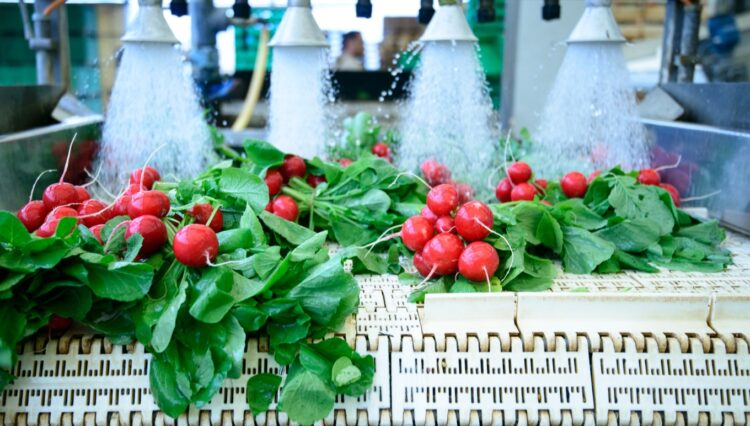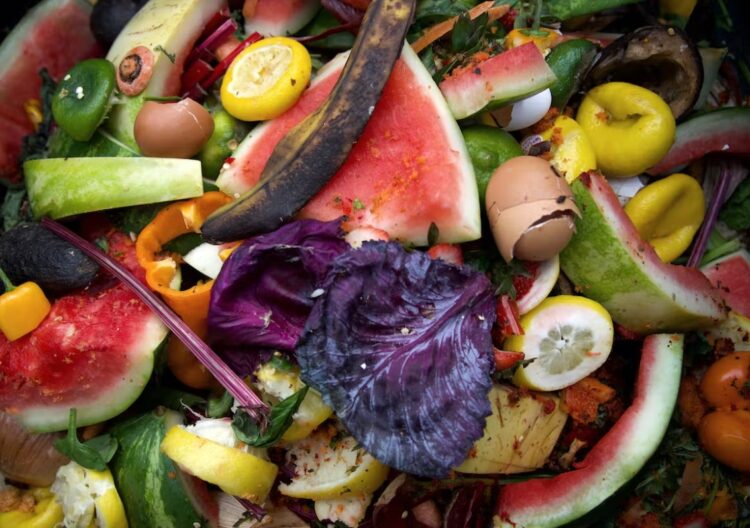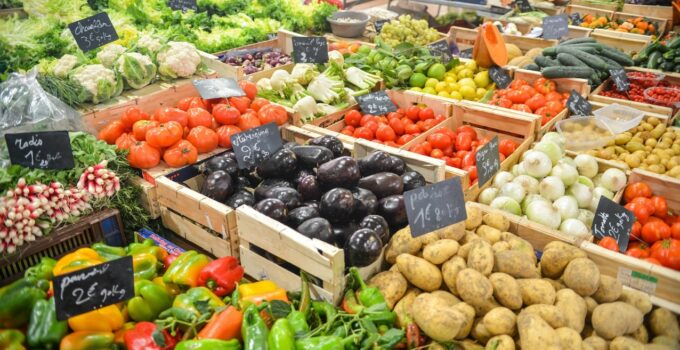While the demand for fresh produce continues to grow, global markets are becoming increasingly competitive. In order to maintain a competitive edge, companies in the fresh produce industry must keep up with the latest innovations.
Today’s article will cover the best and most recent innovations that every fresh produce business should consider adopting to streamline operations and improve sales.
Page Contents
Why does the produce industry need to innovate?
There are many reasons why the produce industry needs to innovate.
Perhaps the most important reason is to remain competitive. Companies that don’t innovate risk being left behind by competitors who find alternative solutions to the problems that customers face. As consumer demand fluctuates, companies will need to innovate and adjust accordingly to meet them and sustain their business.
Additionally, innovation can help produce companies save money and increase efficiency. This, in turn, lets businesses focus on efforts to attract new customers and grow sales.
Here are a few ways that produce businesses can innovate and take their company into the future.
1. ERP software

Source: medium.com
ERP software helps businesses better manage their everyday operations. Look for platforms like Silo that are designed specifically for the produce industry and assist with tracking inventory, managing supply chains, and optimizing resources. These platforms are especially valuable for improving overall efficiency and profitability.
After all, the fresh produce industry can be highly competitive. To ensure success, businesses must properly manage their operations and supply chains while reducing confusion and minimizing the risk of error. ERP software is a powerful tool in this regard, helping businesses speed up their processes and improve their bottom line.
2. Packaging technology
Technological advances in food packaging have played a major role in preserving and extending the shelf life of fresh produce, with modern packaging techniques like vacuum sealing and modified atmosphere packaging (MAP) combating the brief freshness window of fruits and vegetables.
Advancements in packaging technology have seen new materials being developed and used, with much more durability, security, and lasting power during transportation and handling.
For example, flexible packaging like foil pouches and bags are being increasingly utilized. They can be used in refrigerators, freezers, or pantries, and are more resistant to punctures and tearing, locking in freshness.
3. E-commerce

Source: freepik.com
E-commerce offers many advantages for growers, shippers, and retailers. In addition to providing a convenient way for customers to purchase fresh produce, online sales also offer numerous benefits regarding food safety and traceability.
In traditional retail settings, multiple people down the supply chain handle the product before it actually reaches the consumer. This can increase the risk of contamination and make it difficult to track the origins of the product if proper traceability procedures haven’t been established.
Online sales typically see the product being shipped directly from the grower or shipper to the consumer. This eliminates the need for excessive handling and helps to ensure that the product not only remains fresh, but is safe to eat.
4. Improved sustainability
Sustainability is a factor that can sometimes be overlooked, but with where the industry is headed, this can be a huge mistake to make. As consumers become increasingly concerned about sourcing their food, growers producing large quantities of produce will have to start paying attention to their business’ impact on the environment.
Many growers have already identified the need to adopt sustainable practices, which will not only protect the environment, but also secure their business’ long-term future and feasibility.
Improved sustainability is considered a recent innovation in the fresh produce industry since consumer demand for sustainable products has significantly increased in recent years.
As consumers become more mindful of the environmental impact of the food they eat, they’re increasingly looking for products that have a low carbon footprint, are grown sustainably, and are locally produced. This has put pressure on growers to adapt in order to remain competitive.
5. Better control of food loss

Source: freepik.com
The fresh produce industry has seen an increased focus on food waste and loss prevention in recent years. One of the biggest innovations in food loss prevention has been the development of Controlled Atmosphere Storage (CAS).
CAS is a method of storing produce in an environment where oxygen and carbon dioxide levels are carefully controlled. This allows produce to be stored for longer periods of time without degrading, allowing it to be sold and consumed later in the season when it would be otherwise unavailable.
CAS is just one example of the many innovative technologies and practices helping to reduce food loss in the produce industry. With continued advances in technology and a greater awareness of the issues brought about by food waste, further advancements are expected to come.
6. Laser-etched produce
Laser-etched produce is another recent innovation in the fresh produce industry. This technology uses lasers to engrave patterns and customized designs onto the surface of fruits and vegetables, which can give it a unique appearance, adding value and making it more attractive to consumers.
Since laser-etched produce is safe to consume, leaving behind no toxic substances or carcinogens, this technology is widely used by various businesses across the world.
Laser-etched produce has many benefits over traditional methods of branding produce. For one, it’s more environmentally friendly, as it cuts out the need for businesses to use stickers that just end up being removed and thrown away by consumers.
The result of laser-etching is also cleaner, clearer, and more permanent, reducing worries that labeling will end up falling off.
Innovation creates potential

Source: pexels.com
To maintain its competitive edge, the fresh produce industry will need to consistently innovate to address its main pain points. To meet consumer demand, there will be an increased need to offer products that are consistently safe, nutritious, and of high quality.
Growers will need to focus on sustainability as it becomes an increasingly important factor for many consumers when making purchasing decisions. Food waste is another area that needs to be addressed, and businesses should look into innovative solutions to help reduce food loss.
With the right innovations in place, the industry can continue its upward growth and increase mobility.




